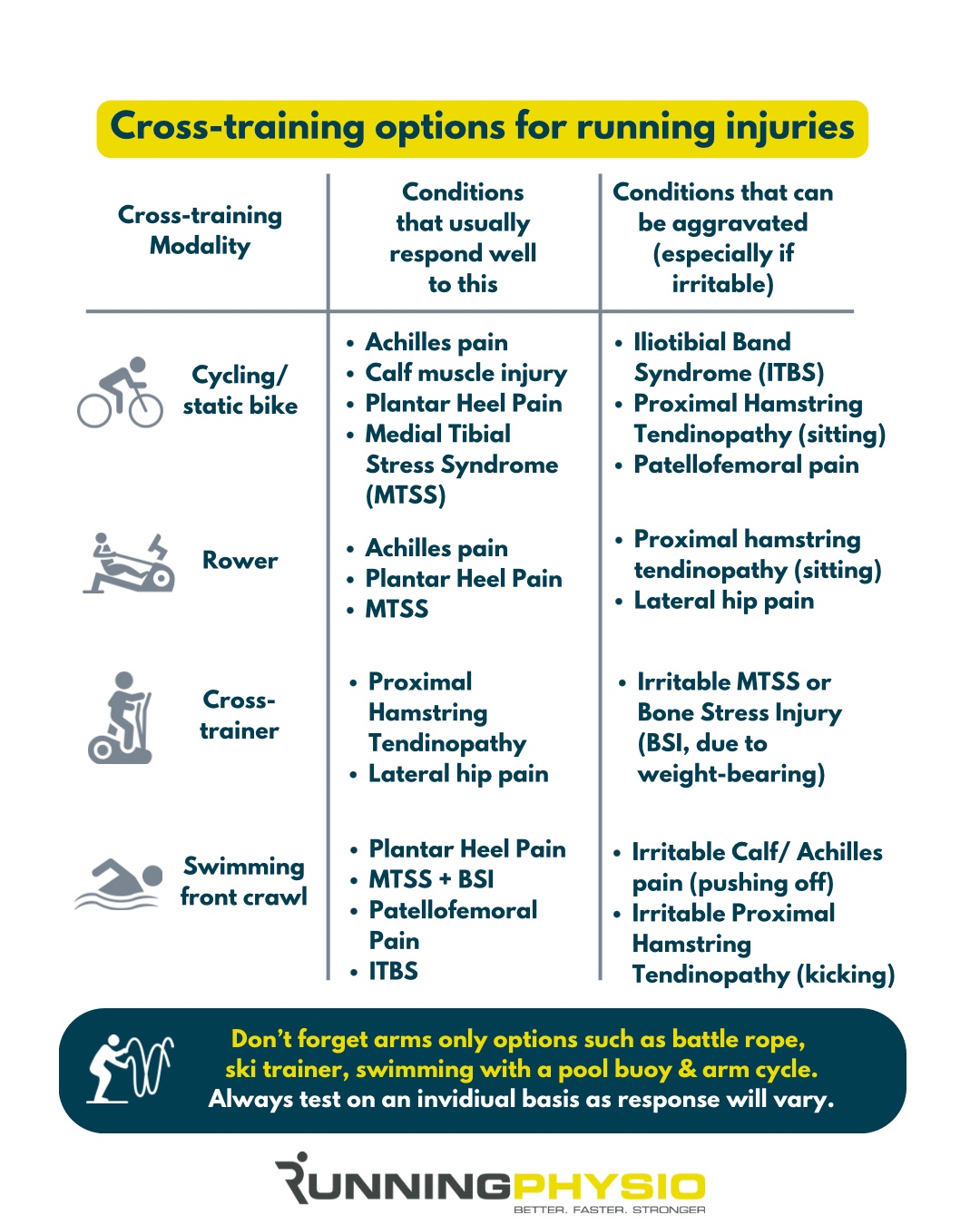The Risks Involved
Skiing and snowboarding are among the top contributors to sports-related injuries each year. The high velocities, varying terrains, and unpredictable conditions inherent to these sports increase the likelihood of injuries, particularly to the lower extremities. Common injuries include knee sprains, fractures, and muscle strains. However, with proper preparation, many of these injuries can be prevented.
The Importance of Physical Fitness
The role of physical fitness in preventing injuries cannot be overstated. A systematic review by Hébert-Losier and Holmberg (2013) found that while much of the focus on injury prevention has historically been on equipment and third-party involvement, there is a significant need for targeted physical fitness to meet the technical demands of skiing and snowboarding. Strength, endurance, agility, and balance are crucial components that help manage the intense physical demands these sports place on your body .
A more recent study by Wang et al. (2022) emphasises the importance of lower extremity fitness, specifically agility and balance, in reducing injury risk among recreational skiers. The study found that skiers with inferior agility or balance are at a higher risk of injury, highlighting the necessity of neuromuscular training that targets these areas .
Recommendations for Injury Prevention
Based on these findings, here are some evidence-based recommendations to help you prepare for a safe and enjoyable skiing or snowboarding season:
1. Focus on Lower Extremity Agility and Balance
- Agility: Incorporate exercises that improve your ability to quickly change direction, such as lateral jumps, agility ladder drills, and cone drills. These exercises mimic the quick, multidirectional movements required in skiing and snowboarding. According to Wang et al. (2022), better agility was associated with a lower risk of injury .
- Balance: Training on unstable surfaces, such as balance boards or Bosu balls, can enhance your ability to maintain control in challenging conditions. The same study by Wang et al. highlighted the importance of balance in preventing injuries, noting that lower composite YBT scores were associated with higher injury risk .
2. Build Endurance
- Alpine skiing and snowboarding can be physically demanding, requiring sustained effort over extended periods. To prepare, engage in endurance exercises such as cycling, running, or circuit training that target the lower body. Incorporating squats or box jumps into your routine can build the muscular endurance necessary for the repetitive movements of skiing and snowboarding. Although endurance was not found to be a significant factor in injury occurrence in the multivariate analysis, its role in overall fitness and injury prevention remains important .
3. Strengthen Key Muscle Groups
- Focus on strengthening the quadriceps, hamstrings, glutes, and core muscles. Strong muscles not only improve performance but also provide stability and support to your joints, reducing the risk of injury. Hébert-Losier and Holmberg (2013) emphasised the importance of physical fitness, including strength, in meeting the demands of alpine sports and preventing injuries .
4. Proper Warm-Up
- Before hitting the slopes, make sure to warm up properly. Dynamic stretching and mobility exercises can increase blood flow to your muscles and prepare your body for the intense activity ahead. A well-prepared body is less likely to suffer from strains and sprains during skiing or snowboarding.
5. Invest in Quality Equipment
- While physical fitness is crucial, don’t forget the importance of well-fitted, quality equipment. Ensure that your bindings, boots, and skis or snowboard are properly adjusted to your specifications. According to Hébert-Losier and Holmberg (2013), equipment-related recommendations are among the most common in injury prevention, reflecting the importance of gear in reducing injury risk .
Conclusion
At Acland Street Physiotherapy, we believe that with the right preparation, you can significantly reduce your risk of injury and make the most of your skiing or snowboarding experience. By focusing on agility, balance, endurance, and strength, and using well-maintained equipment, you’ll be well-equipped to enjoy the slopes safely. If you’re preparing for the winter season and want personalised advice or training, don’t hesitate to reach out to our team. We’re here to help you stay fit, healthy, and ready for the challenges of the mountain.
Stay safe, stay active, and enjoy your winter adventures!
References:
- Hébert-Losier, K., & Holmberg, H. C. (2013). Exercise-based injury prevention recommendations for recreational alpine skiing and snowboarding: A systematic review. Sports Med, 43(5), 355-66. doi: 10.1007/s40279-013-0032-2.
- Wang, Z., Cai, Y., Wu, J., Xie, S., & Jiao, W. (2022). Relationship between Lower Extremity Fitness Levels and Injury Risk among Recreational Alpine Skiers: A Prospective Cohort Study. Int J Environ Res Public Health, 19(16), 10430. doi: 10.3390/ijerph191610430.











